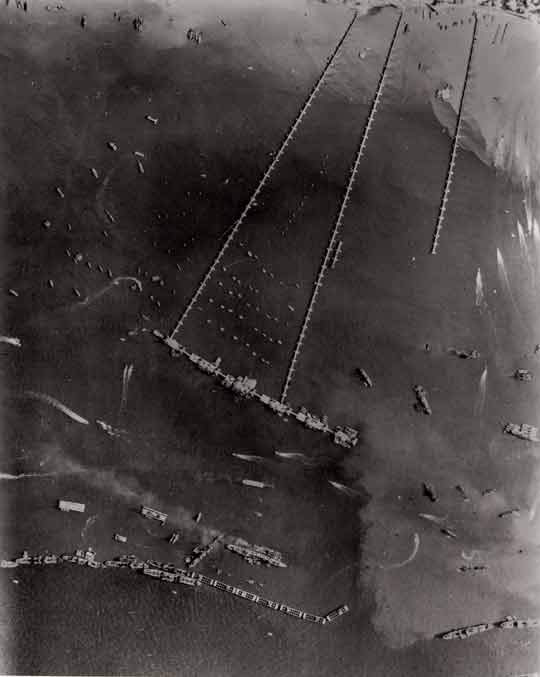Articles
- Article by Frank van der Drift
- Published on January 19th, 2025
Mulberry harbours for Overlord
The allied invasion on the European mainland brought several problems with it. The most important was the problem of supply. Next to supplying the troops that had already landed new divisions had to be transported in order to expand the force on shore. These troops had to be supplied as well.


